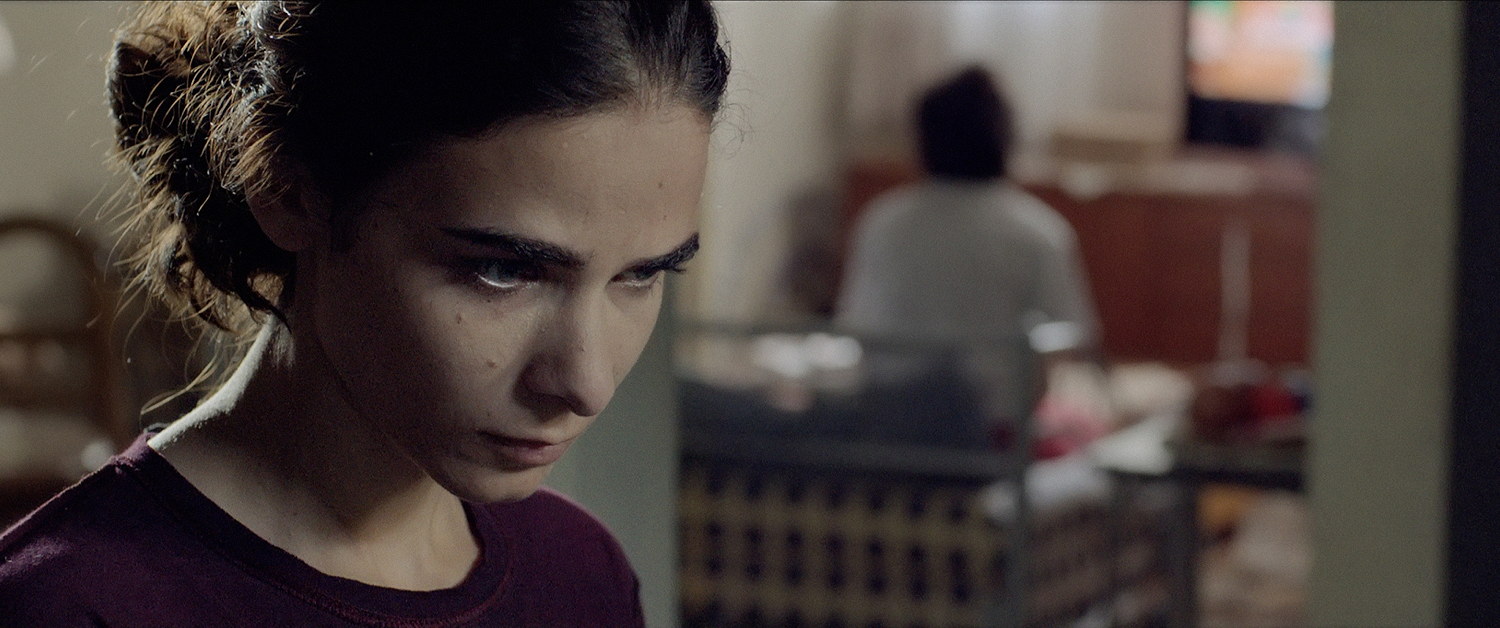Go offline with the Player FM app!
DN336: Asaf Korman Delves into the Heart of Unhealthy Symbiotic Relationships in Sibling Drama ‘Next to Her’
Manage episode 123851340 series 1581

Well known as one of Israel’s busiest film editors and the director of the 2007 Cannes short Death of Shula, Asaf Korman’s debut feature Next to Her (At Li Layla) provides an intimate and very personal look at the themes of co-dependence and unhealthy symbiotic relationships. Ahead of Next to Her’s VOD and UK cinema release on the 11th March, Korman joins DN to discuss the practical necessities of crafting characters who are slightly removed from their real life inspirations, and why a career as an editor is the perfect film school for a director embarking on his first feature.
Next to Her (2014)
Chelli is raising her mentally disabled sister Gabby all by herself. When the social worker finds out she leaves her sister alone in the house while at work, Chelli is forced to place her in a day-care center and the void left by her sister’s absence makes room for a man in her life. That man, Zohar, tears another crack in the symbiotic relationship of the two sisters, as they are slowly drawn into a strange threesome, where boundaries between love, sacrifice, nurturing and torturing are broken.
I think success is very dangerous.
https://archive.org/download/DN336NextToHerAsafKorman/DN336NextToHerAsafKorman.mp3
40 episodes
Manage episode 123851340 series 1581

Well known as one of Israel’s busiest film editors and the director of the 2007 Cannes short Death of Shula, Asaf Korman’s debut feature Next to Her (At Li Layla) provides an intimate and very personal look at the themes of co-dependence and unhealthy symbiotic relationships. Ahead of Next to Her’s VOD and UK cinema release on the 11th March, Korman joins DN to discuss the practical necessities of crafting characters who are slightly removed from their real life inspirations, and why a career as an editor is the perfect film school for a director embarking on his first feature.
Next to Her (2014)
Chelli is raising her mentally disabled sister Gabby all by herself. When the social worker finds out she leaves her sister alone in the house while at work, Chelli is forced to place her in a day-care center and the void left by her sister’s absence makes room for a man in her life. That man, Zohar, tears another crack in the symbiotic relationship of the two sisters, as they are slowly drawn into a strange threesome, where boundaries between love, sacrifice, nurturing and torturing are broken.
I think success is very dangerous.
https://archive.org/download/DN336NextToHerAsafKorman/DN336NextToHerAsafKorman.mp3
40 episodes
All episodes
×Welcome to Player FM!
Player FM is scanning the web for high-quality podcasts for you to enjoy right now. It's the best podcast app and works on Android, iPhone, and the web. Signup to sync subscriptions across devices.





